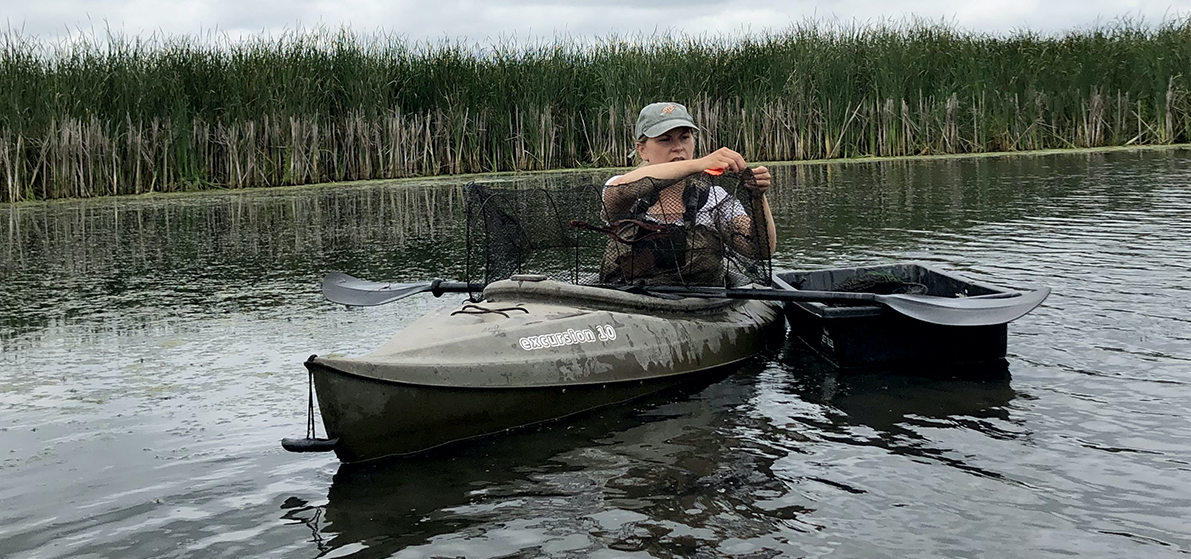PACE Lab herpetologists Andrea Colton and Emily Sunnucks wrote about their experiences continuing our research into the endangered Blanding’s Turtle in northeastern Illinois.
Read about a day in their life in “Behind the Scenes”

PACE Lab herpetologists Andrea Colton and Emily Sunnucks wrote about their experiences continuing our research into the endangered Blanding’s Turtle in northeastern Illinois.
Read about a day in their life in “Behind the Scenes”